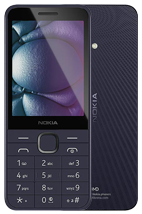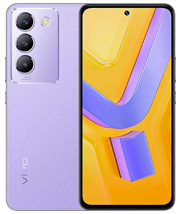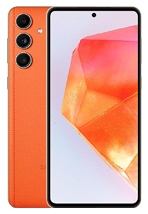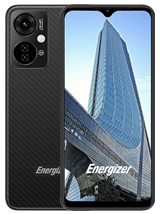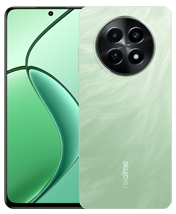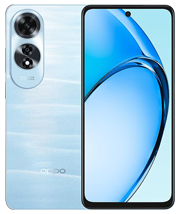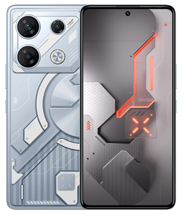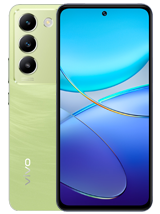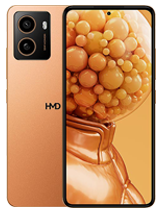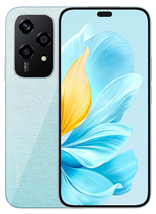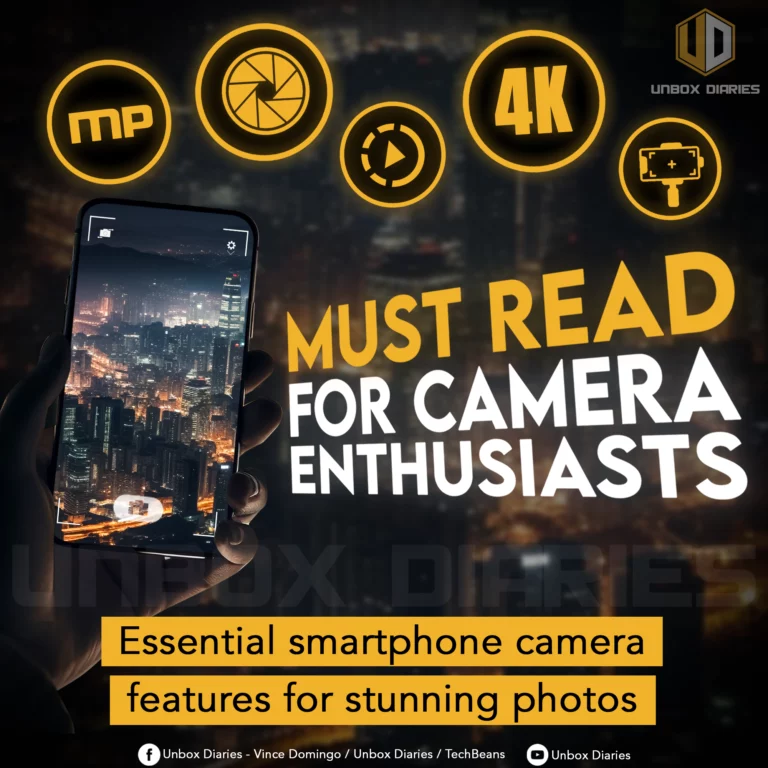This is our guide for picking the camera phone features based on your budget and photo genre and style.
Many events happen only once in a lifetime, such as wedding and life milestones. But capturing moments perfectly is quite difficult if you don’t have the best camera or a capable smartphone. So, what features should look for taking stills?
Here, we highlighted the essential camera features on smartphones often linked to stunning photos. The list below is helpful if you’re on a budget and just want the most important ones.
Megapixel
This measures the resolution of an image; the higher, the sharper. A good megapixel is debatable but you can go between 20 and 50, if you’re on a budget, for the rear camera setup.
But a more critical part here is the pixel size indicated by this unit of measurement: µm or micrometer. A large pixel size will allow the camera to get more light, leading to better photos.
The main sensor is likely to have below 1µm but the telephoto or ultrawide usually has above 1µm. This applies to many midrange and flagship smartphones.
Lens
Lens quality does matter but it’s quite difficult to fit a powerful lens in the tiny body of a phone. Thus, you can see various rear camera setups today. Here are the common lenses on smartphones:
- Main lens: It is the primary shooter that often has image stabilization.
- Ultrawide lens: It helps capture more subjects via a wider view of the scene.
- Telephoto lens: It brings distant subjects closer to emphasize backgrounds, landscapes, and similar elements.
- Monochrome lens: It generates monochrome images or black and white but with excellent detail and contrast.
- Depth lens: It blurs the background for the bokeh effect.
- Macro lens: It captures incredible details from extremely close subjects.
Now that you know these lenses, you can finally narrow down your options when buying a new camera phone.
Take note that zooming isn’t super on smartphones. While digital zoom is nice, you better get closer to the subject yourself. Optical zoom is superior but it has a limit to preserve image quality.
HDR
You probably have seen HDR inside the camera app. It means high dynamic range and it works by balancing dark and light tones so shadows are preserved. Shadows are crucial in photography because no light means no shadows and no shadows means no perspective.
Enable HDR for bright lights to tone them down and let shadows come out and reveal details and colors. You can HDR in low-light conditions for select circumstances.
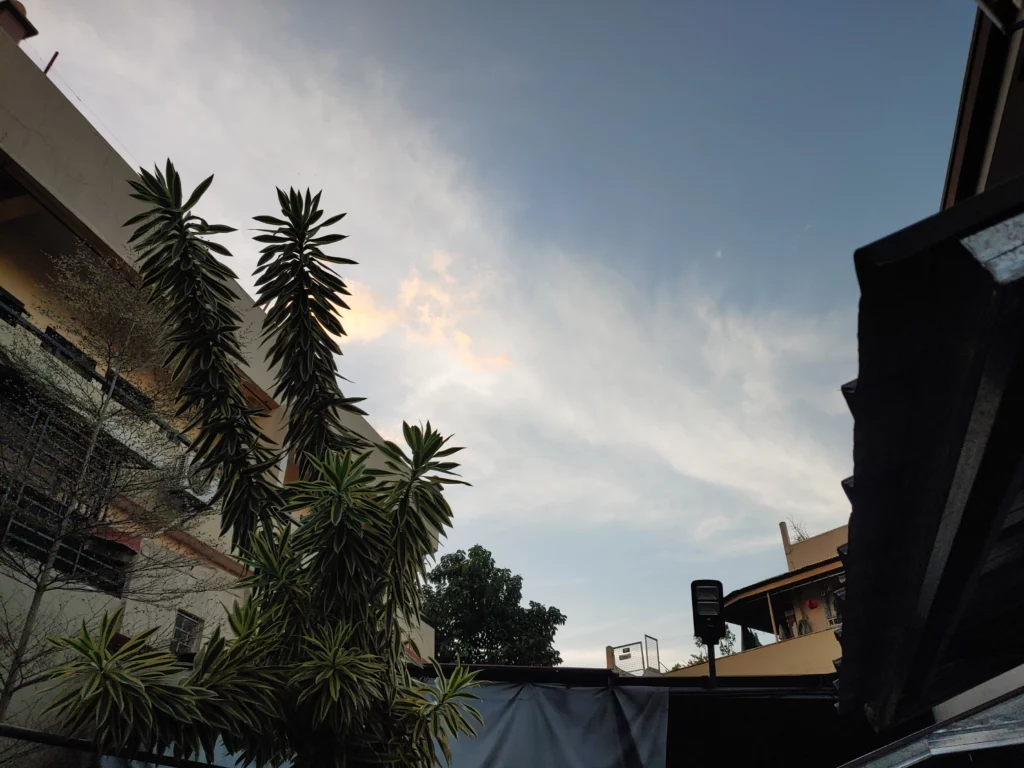
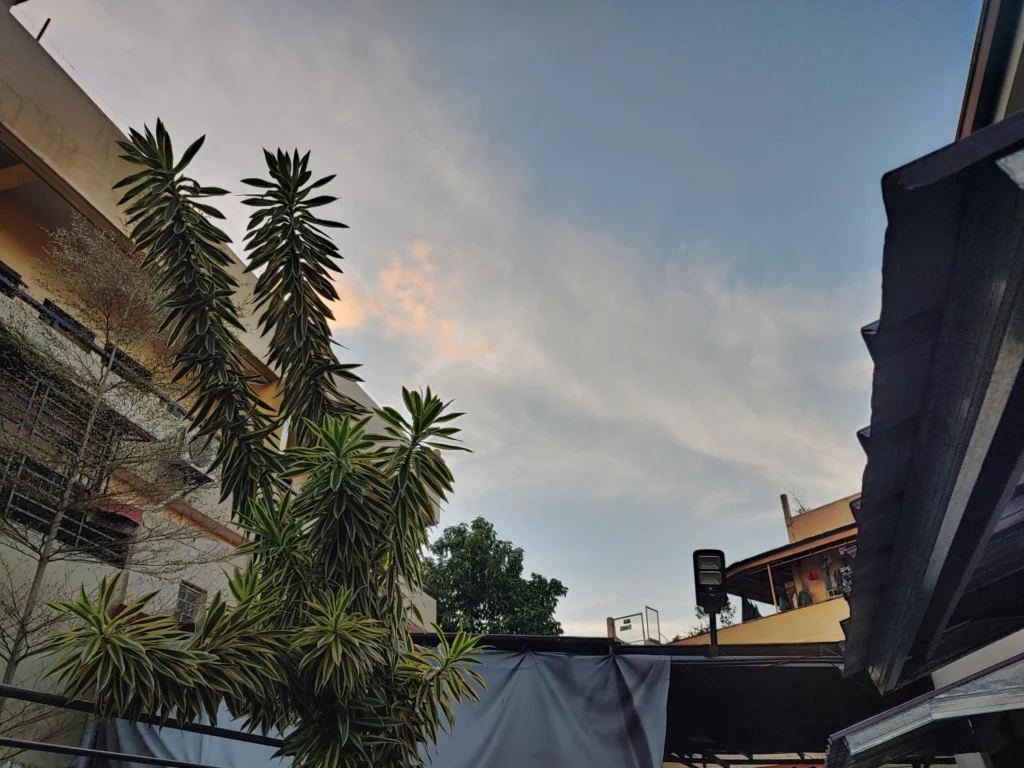
Flash
Of course, you can’t have a camera phone without an LED flash. However, some models do have interesting gimmicks like dual LED flash, quad LED flash, and ring flash. They may not illuminate everything at night but they may work great if the subjects are close.
Aperture
Aperture determines how much light the camera gets – the higher it is, the more light gets in, the more details are detected.
Smartphones with above-average cameras have an aperture range between f/1.5 and f/2.4. A good midrange camera phone may have an aperture of f/1.7.
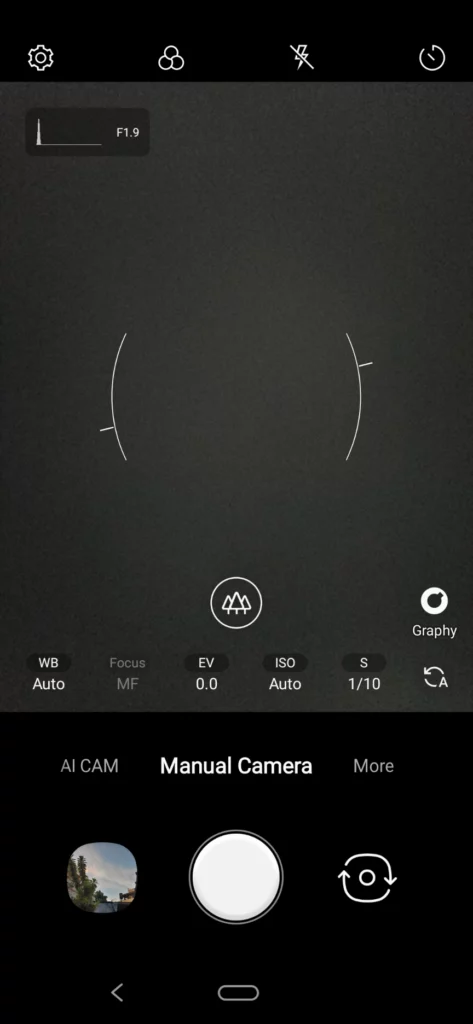
ISO and Shutter
If aperture measures the amount of light, ISO measures the camera sensitivity to light. You should look for a smartphone with ISO control, at least available in Manual or Pro mode. This gives you the ability to adjust ISO levels so you can improve your shots in environs with poor lighting like caves or darkened rooms.
However, upping ISO levels also increases picture noise. Thus, it’s often used in combination with shutter speed.
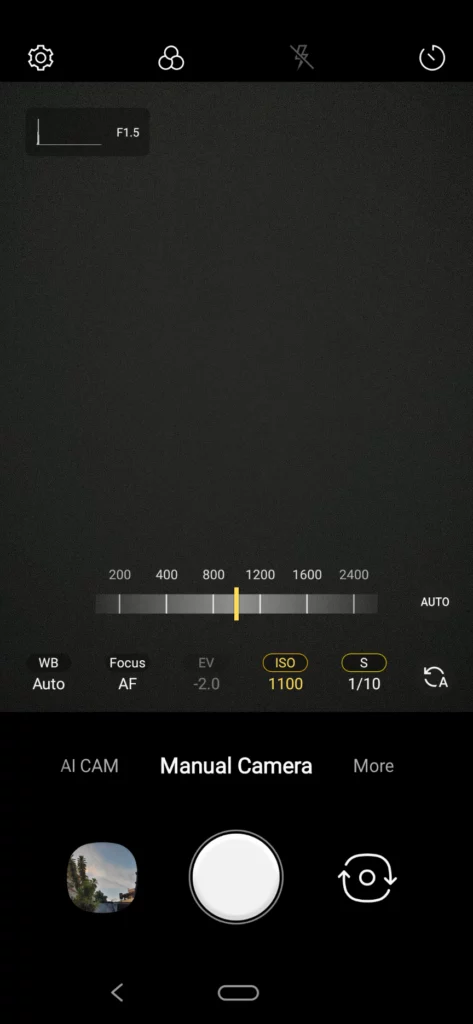
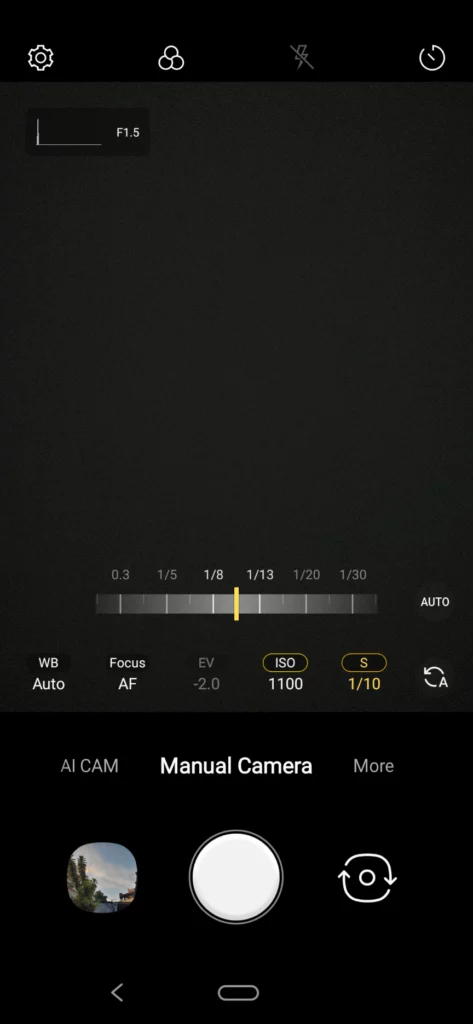
Shutter speed is how long the camera shutter remains open; the longer it’s left open, the more light goes into the camera. In Manual or Pro mode, you can adjust both ISO and shutter to configure the best lighting.
The biggest downside of manual shutter speed is the camera’s position. It has to be stationary and steady to avoid blurs and other unwanted image artifacts. If you’ve been ignoring that mode for years, now is the time to explore.
Stabilization
Shaky hands can greatly impact the final capture, which is why expensive phones have stabilization. You may even find a combination of optical and digital image stabilization on some models.
Optical image stabilization or OIS is simply the best in reducing the impact of shakes, particularly in video recording. But you may find it difficult to get this feature on higher than 1080p at 60 FPS. Phones capable of that will hurt your bank.
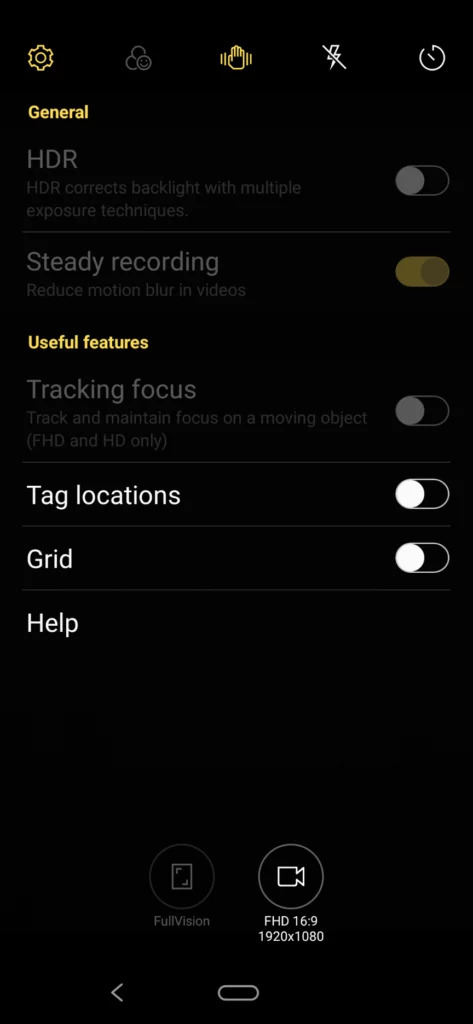
Extra Features
Below are some extra that you may want to check out depending on your photography style. They are not necessary but they are handy when situations arise.
4K
This is a must for maximum clarity. The best case is getting a phone with 4K at 60 FPS plus OIS. You surely can record scenes and prep them for upload right on your phone. Though, expect a shocking price tag.
You can settle with 4K at 30 FPS without OIS if your setup is just recording while the phone is stationary.
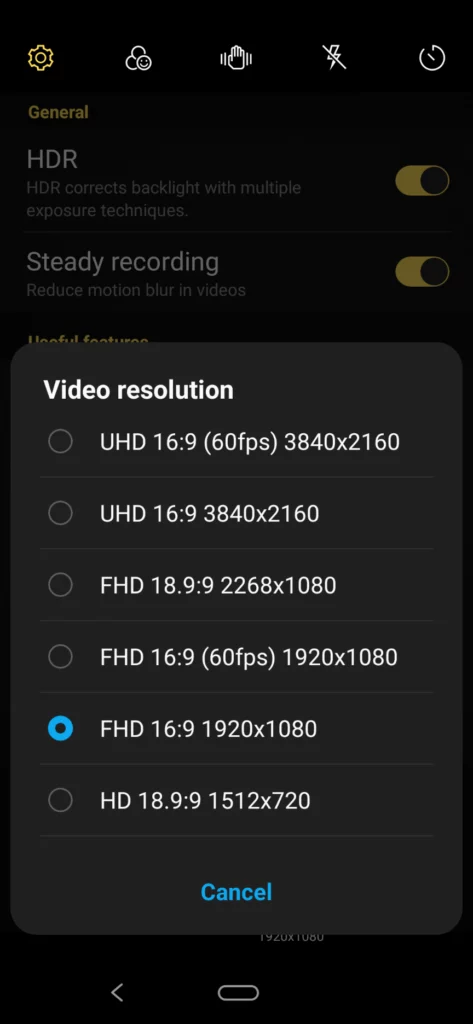
Slow-motion
The slow-motion feature has become more common but the deal breaker is efficiency. Most phones can only do it up to 960 FPS at lower video resolution. If your media content uses camera tricks, consider this feature.
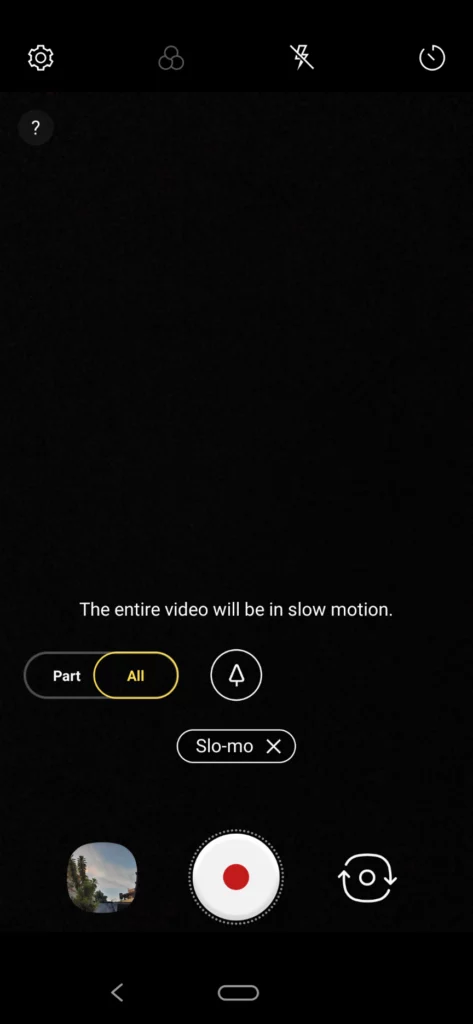
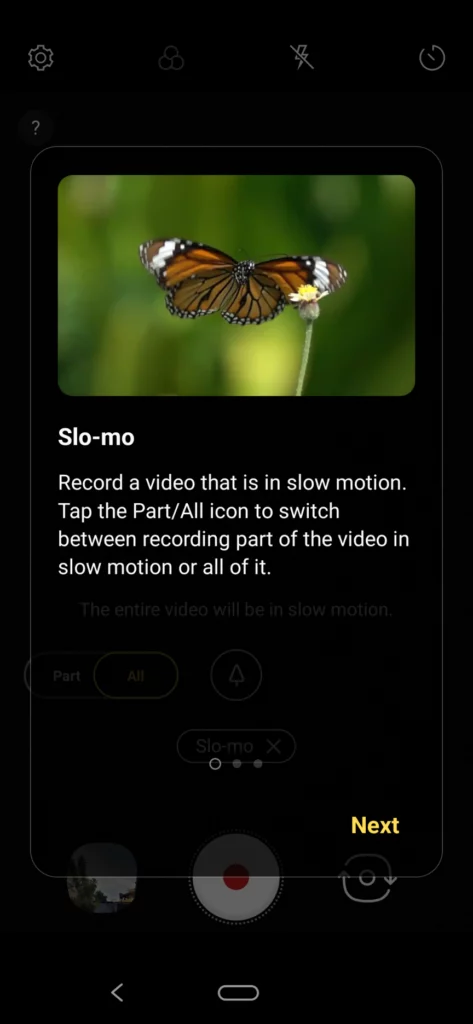
Display
The screen plays a role as it serves as the camera viewfinder and phones with insanely big screens have wide viewfinders.
A large phone is not so good for extended gaming but it does well when you want to manage the many camera options. Hold it with both hands and use your left and right fingers to navigate through the options. Plus, you can see the crisp elements right before you press that shutter button.
Battery
Photos and videos all-day then social media and whatnot all-night? You need a tanky battery of 5000mAh with fast-charging of at least 18W. You’ll probably need an excellent power bank as well if you often go out to capture landscapes.
Resistance
Not mandatory but a nice thing to have for outdoor experiences. Beaches, pools, and water parks can give you breathtaking photos and videos. So, it’s not bad if your phone has an IP rating for water splashes at least.
You don’t have to get all of these in one smartphone. You can choose which of them will work for you. You can focus on camera features for landscape shoots or macros. You can also go for video-centric perks if you’re doing live-selling or live-streaming. The choice is yours!

